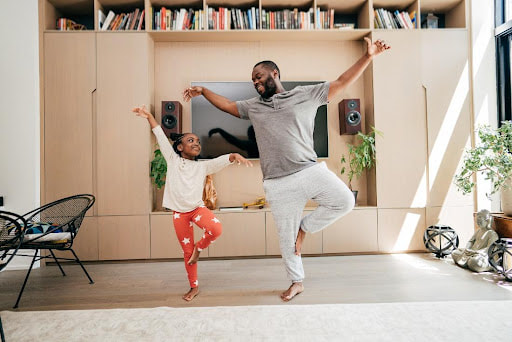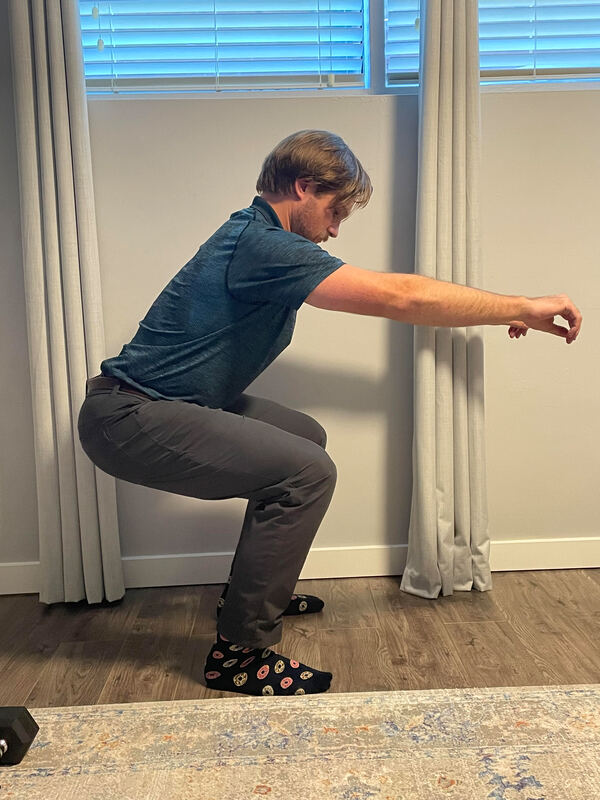- Chronic pain
- Reduced mobility
- Loss of height
- Disability due in part to potentially life-altering fractures
- Anxiety due to fear of falling and its associated consequences, and
- Depression, another common emotional reaction for those living with a chronic illness which includes osteoporosis, is to:
As to how it can affect you specifically, in relation to the underlying risk factors that are common to this condition, and to increase your understanding regarding what you can do proactively to minimize these risks. Also, to help you determine when seeking medical advice may be necessary.
2) Increase your safety awareness –
To minimize your risk of falling or subjecting yourself to activities, postures or positions that can place the integrity of your bones, including your spine in jeopardy, and to reduce fear by recognizing the significant potential that remains available to stay active and vital as you manage your condition. And…
3) EXERCISE!!!! -
Did you know that exercise is recommended for ALL people with osteoporosis, even those who have had a spine or hip fracture.
However, not every exercise is appropriate in the safe and effective management of this all-too-common condition. So, it goes without saying, that to improve public awareness regarding this matter is of the utmost importance.
The Bone-Fit program’s goal – “to provide safe, effective, evidence-based exercises to create a continuum of care for people with osteoporosis, from the clinic to the community.” (1) This program provides some much-needed optimism and support, for the estimated 80% Canadians who fail to receive appropriate osteoporosis care following a fracture due to this underlying condition.
Through an assessment with a Bone Fit Trained Health Care Professional you can expect to receive information, education and an exercise program that is individualized and specific to your needs. However, though the program details can vary based on the individual’s experience, according to expert recommendations every Bone-Fit exercise program is also standardized in that it is to consist of four basic elements.

- Using exercise bands, hand weights, own body resistance or that of training equipment and progressing to include all major muscle groups
- Performed at least 2 times per week
- Completing at least 2 sets of 8 to 12 reps per exercise
- Practice good posture when you stand and sit
- Do Shavasana, or in other words, a relaxation focused pose lying on your back
- Do back exercises that extend your spine
- To be completed daily for 5-10 minutes
- Also, don’t forget to pay attention to your posture during your regular daily activities
- Including activities such as Tai Chi, dance, heel toe walking, standing on one leg and responding safely to things that upset your balance in a controlled setting.
- To be completed daily for 10 minutes
- Moderate to vigorous weight bearing activities including, walking quickly, dancing, running, climbing stairs, or raking leaves to name a few, with education regarding use of proper body mechanics while doing so highly important! Remember to include activities you enjoy, which increases likelihood of consistency, and helps to make your long-term goals more manageable.
- 20 to 30 minutes per day and at least 10 minutes at a time for a total of 150 minutes or more per week are recommended. However, if you are new to exercise or if you have a spine fracture, it is important to note that starting at a low to moderate intensity is advised
Be sure to check out the other blogs related to Osteoporosis including the Importance of Early Assessment, and a recent one about Gardening!
~ Elizabeth Stefanyshyn-Alonso BScPT, FCAMPT
- Bonefit Clinical Training Manual – Version 7 – Course completion May/June 2021
- www.bonefit.ca
- www.osteoporosis.ca
- www.osteostrategy.ca






 RSS Feed
RSS Feed